It was the middle of the night and Ayal Lanternari was rushing to warm up refrigerated breast milk for histhree-month-old baby.
His son, Daniel, was hungry and there was nothing Lanternari could do to speed up the process. The only safe way to heat up cold or frozen breast milk is by putting it under running warm water or in a bowl of warm water — a process that can take 10 minutes or more.
“You can’t microwave breast milk or heat it directly on the stove because it will damage the nutrients and the immunological property in the milk,” says Lanternari, a biomedical engineer.
But like most new parents, he was tired and frustrated, and thought there had to be a better way.That’s when he got an idea:What if he designed a baby bottle that spread out the breast milk into a thinner layer? Doing that would expand the liquid’s surface area, allowing it to warm up faster without damaging the nutrients.
“The bottle kind of designed itself in my head,” said Lanternari.
Instead of a typical cylindrical shape, the bottle he envisioned was round, “similar to the shape of a breast,” he said.
Later that same day, Lanternari called his best friend, Asaf Kehat, and told him about it.
“My first reaction was there was something so simple and genius about it. It was an obvious solution,” says Kehat,who is also a biomedical engineer. “I researched the baby bottle market and couldn’t find anything like what Ayal had thought of.”
The two joined forces and spent almost a year conducting research and working on the design. Then, in February 2013, their company Nanobébé was born.
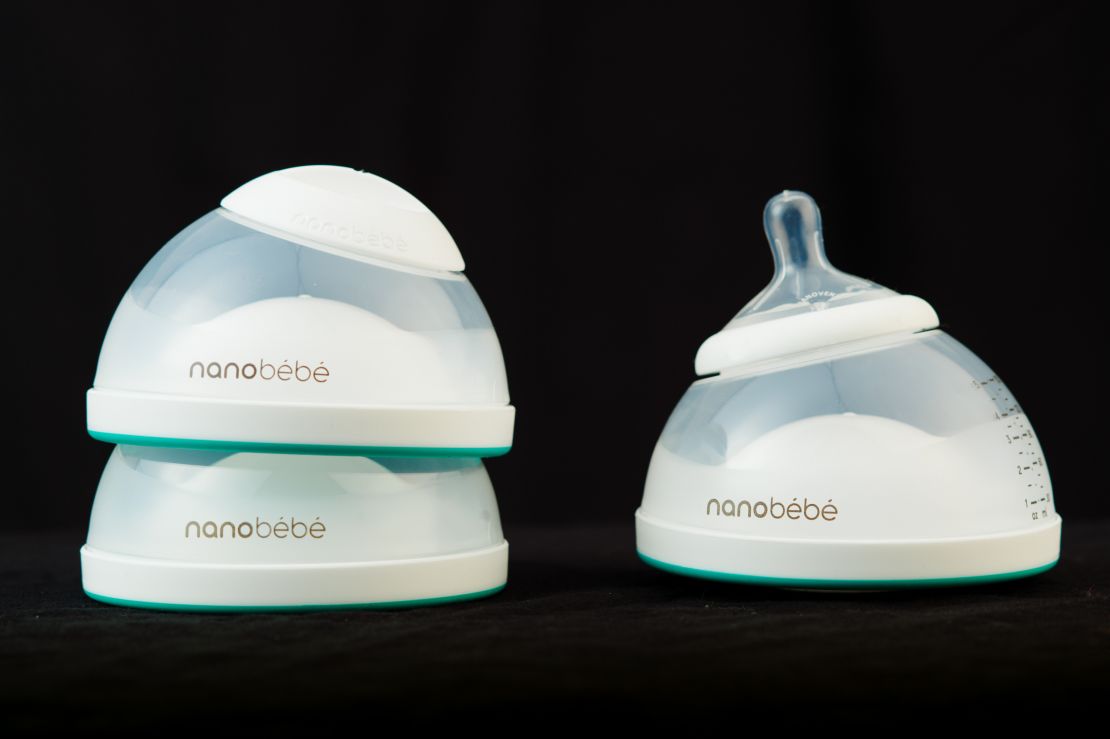
The birth of a product line
It would take several years before the two could bring their product to market.
Lanternari and Kehat, who were living in Israel at the time,spent the next five years on research and development, testing their bottle with hundreds of parents, infants, lactation consultants and pediatricians.
“This wasn’t just another product. Babies were going to use it.So we had to be very careful,” says Kehat. Besides the efficacy of it, they designed the bottle with a modern, stylish look and made it easy for babies to hold.
Testing by the company’s own R&D team, as well as certified lactation consultants and medical professionals,showed their bottle cut the milk’s warming time by more than halfto about three to five minutes. Conversely, the bottle’s circular shape also cooled breast milk twice as fast as a conventional bottle, says Lantenari.
In February, the company unveiled a stackable feeding bottle, selling it online at Babies ‘R’ Us and at Buy Buy Baby stores across the US. (Babies ‘R’ Us went out of business a few months later as part of Toys R Us’ bankruptcy)
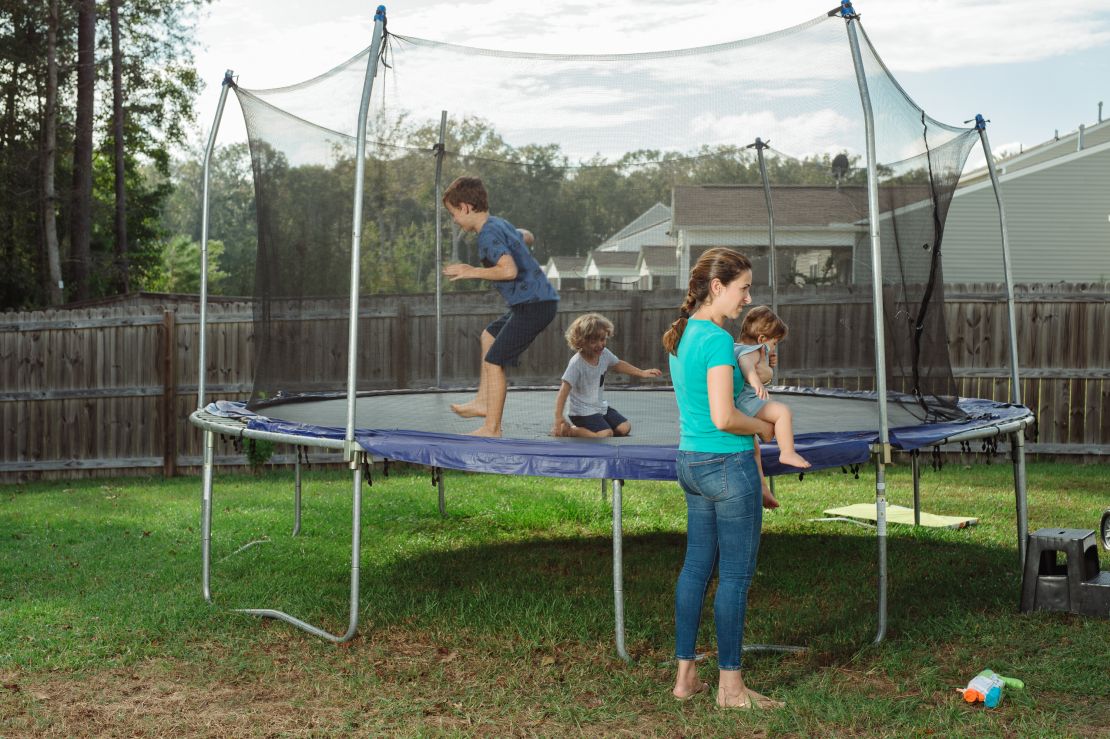
Lanternari and Kehat opened a US office inCharleston, South Carolina, earlier this month.
The two entrepreneurs picked Charleston because it was ideally suited as a distribution hub for both domestic and overseas customers. Lanternari, who recently moved toCharleston with his wife and three young children, says the city also has a strong pipeline of available skilled workers in the health care and business development arenas.
But the company’s headquarters remains in Tel Aviv, where all of the products are made. Kehat has stayed in Israel to oversee those operations.
Although Nanobébé started with a baby bottle, the company has evolved into a whole ecosystem of products, including breast milk bottles, breast milk storage bags for the fridge and freezer, a microwave,steam sterilizer unit, drying rack, pacifiers and warming bowl for the bottles.
“All of the related products, like the stackable breast milk freezer bags and drying tray carry the Nanobébé DNA of functionality and innovation,” says Lanternari. The bottles feature a hollow center which makes them stackable. The freezer bags can also be stored horizontally on top of each other to save space. And the bottles come with an adapter to attach them to a variety of breast pumps.
So far, the products have been a hit.
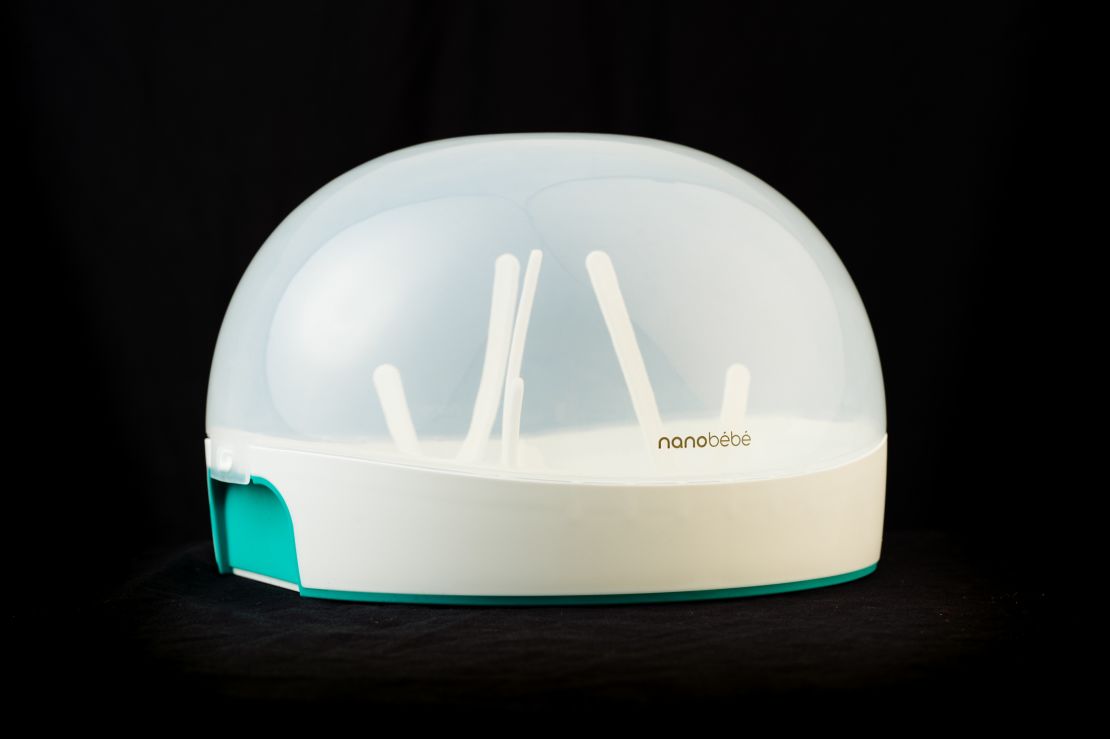
“We sold out of our products twice in the first month at Babies ‘R’ Us,” says Lanternari.
Although the retailers’ bankruptcy was a setback for the fledgling business, other national retailers have since picked up the brand, including Target and Wal-Mart. Nanobébé products are in 170 Target stores so far, he says. In January, the brand will roll out in 1,215 Wal-Mart stores.
Best friends since childhood
Lanternari and Kehat grew up together in Israel and have led parallel lives.
“We’ve known each other since we were five years old and have been best friends ever since,” says Lanternari. “We are brothers.”
Both are 39. Their parents were neighbors. They were classmates in school and went to the same university — Israel’s Technion Institute of Technology — and pursued the same major.
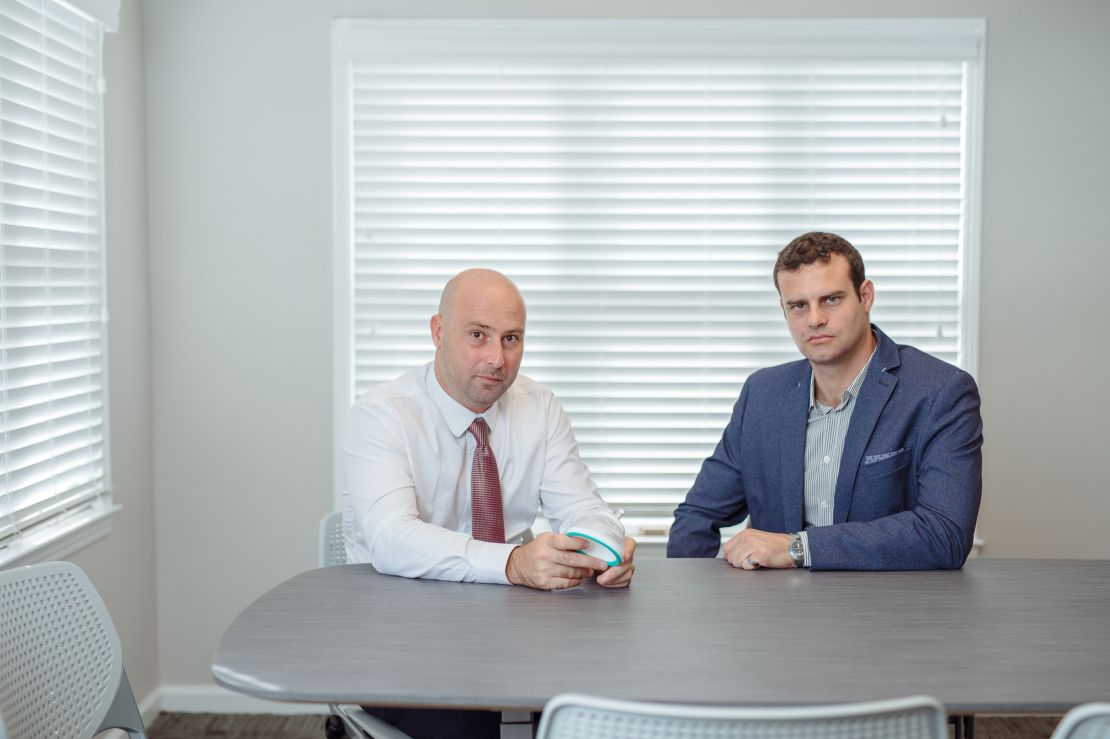
After graduating, Kehat joined medical device maker Mazor Robotics, where he was a clinical and sales manager for several years. Lanternari started his career as an engineer with Novocure, an oncology company that develops treatments for patients with solid tumors. He later worked for a company that managed engineering and infrastructure projects.
Both men left their jobs in 2013 to focus on Nanobébé. At the outset, they personally invested “hundred of thousands” of dollars of their own savings. But eventually they sought funding.
To date, the business has raised several million dollars from Israeli venture capital firms and InterTech Group, a privately-held holding company.
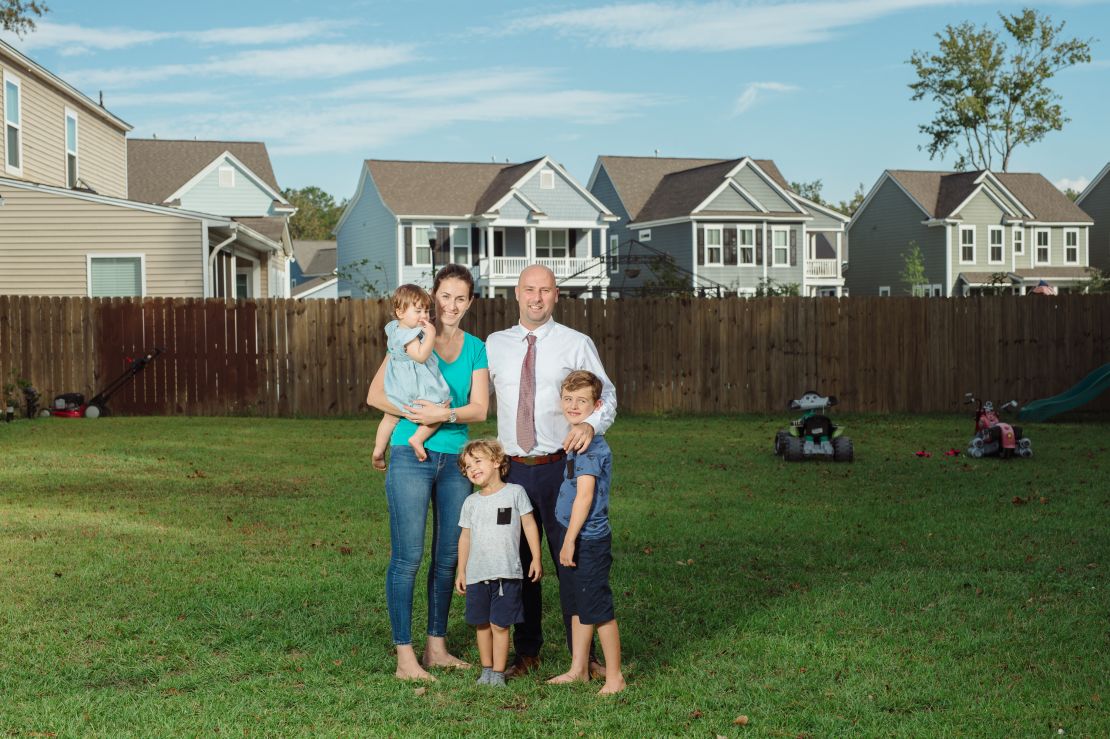
Nanobébé now employs 30 people and its bottle has won a number of industry awards, including TTPM [Toys, Tots, Pets & Mom] Best of Baby Award for 2018.
While the recognition is welcome, Kehat said the company’s mission is to keep the products affordable for parents. Prices range from $22.99 for a 3-pack of bottles to $49.99 for a “starter pack” with four bottles, two pacifiers and a bottle warming bowl.
As the company expands sales globally — the brand is also available in Israel, France, Belgium and Canada — Kehat says Nanobébé’s team is working ahead on other innovative products.
“To get this kind of pickup for our first product in our launch year was completely unexpected,” says Kehat, adding that sales in just the first few months are “going amazing.”
“Our innovation isn’t just for babies,” he says. “It’s for everyone’s benefit — moms, dads and caregivers.”









